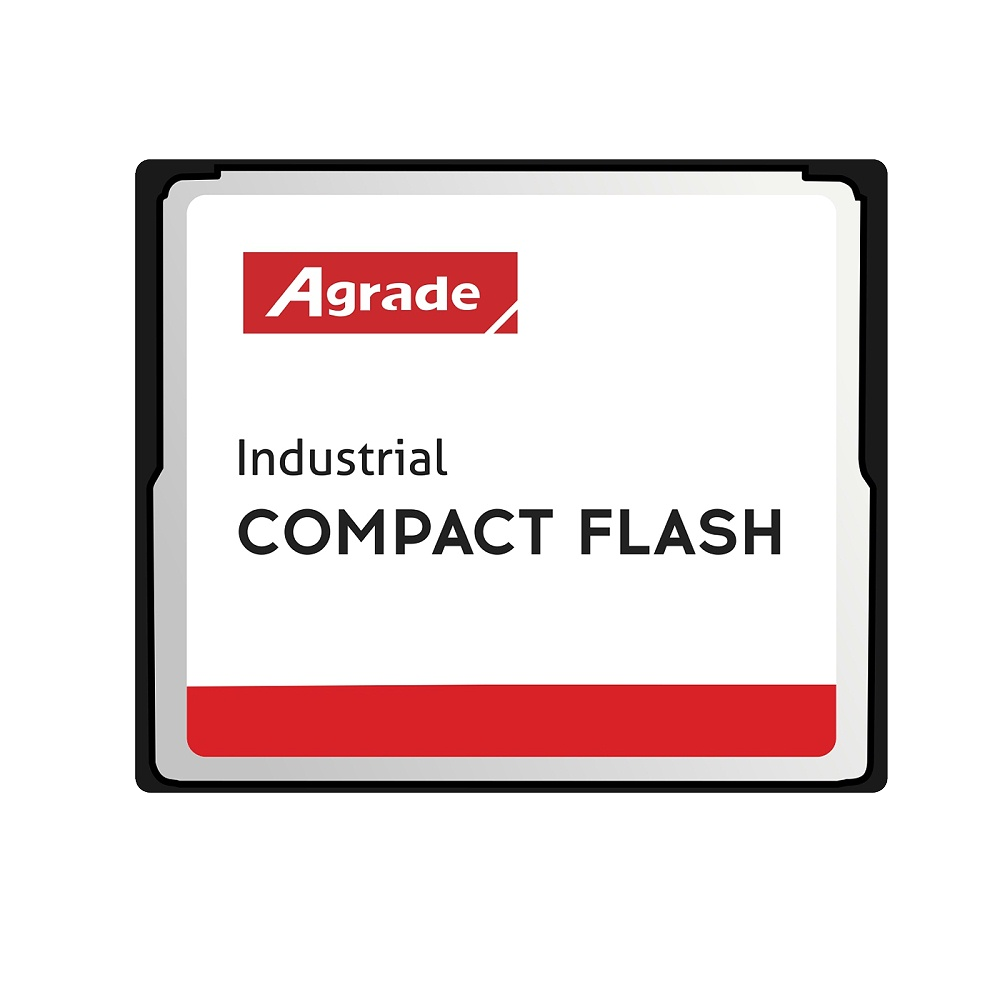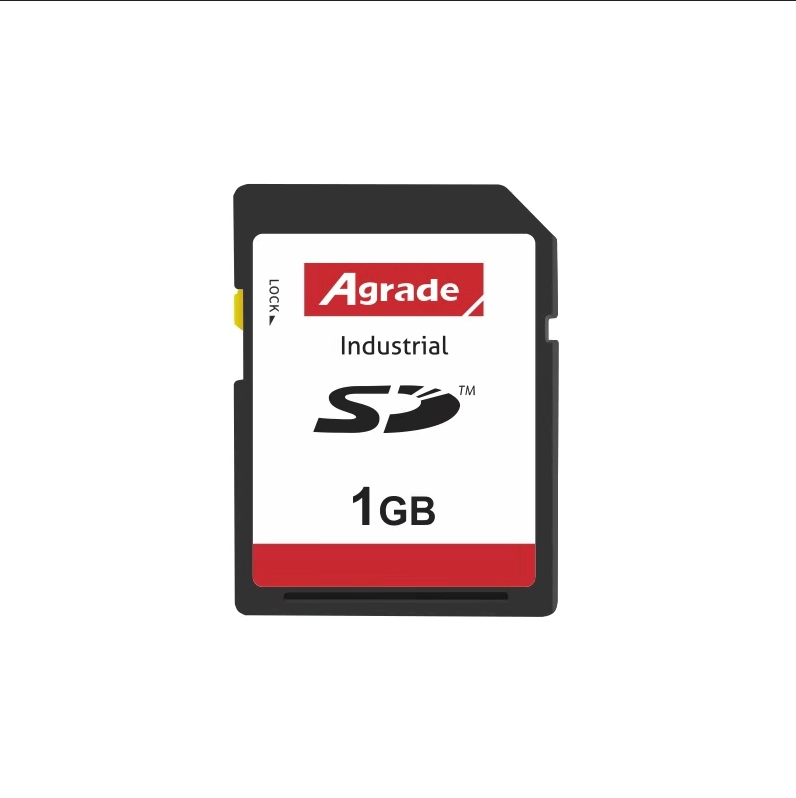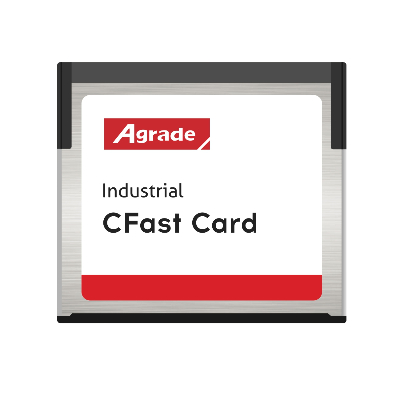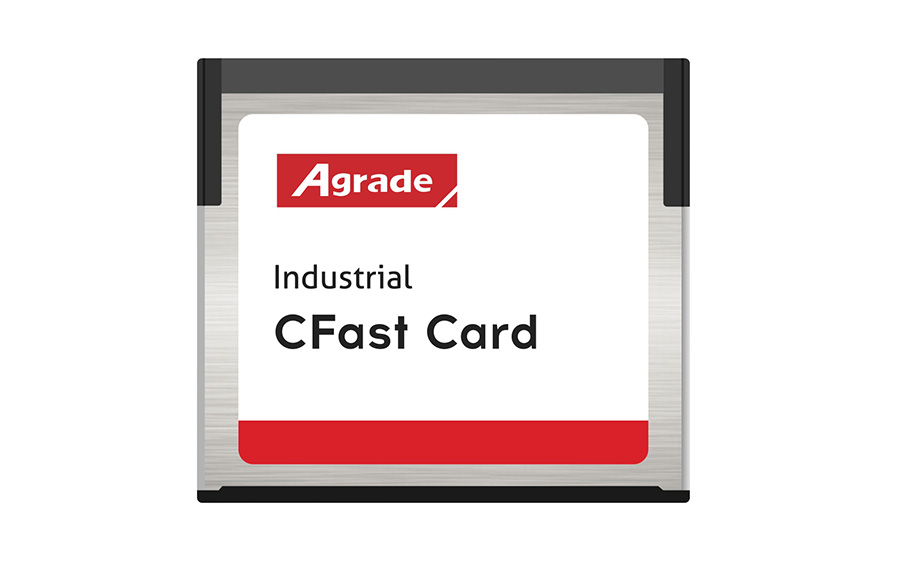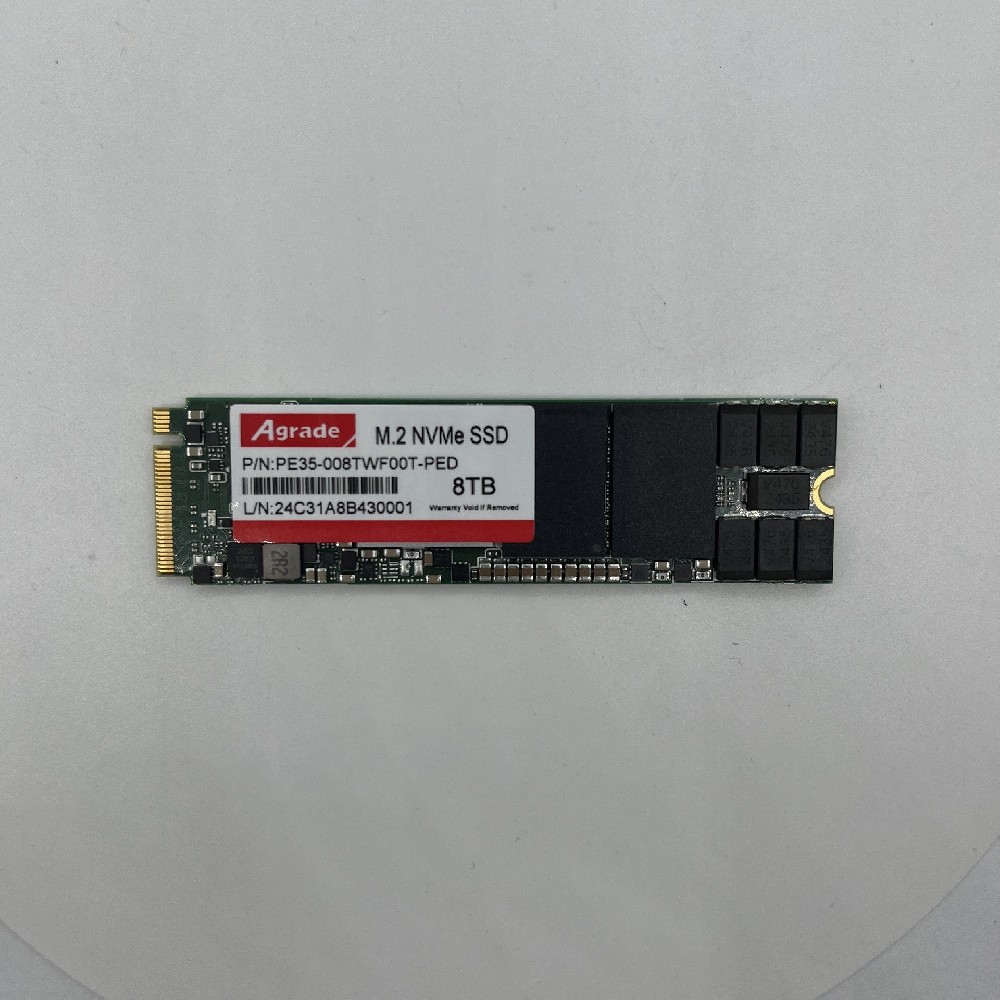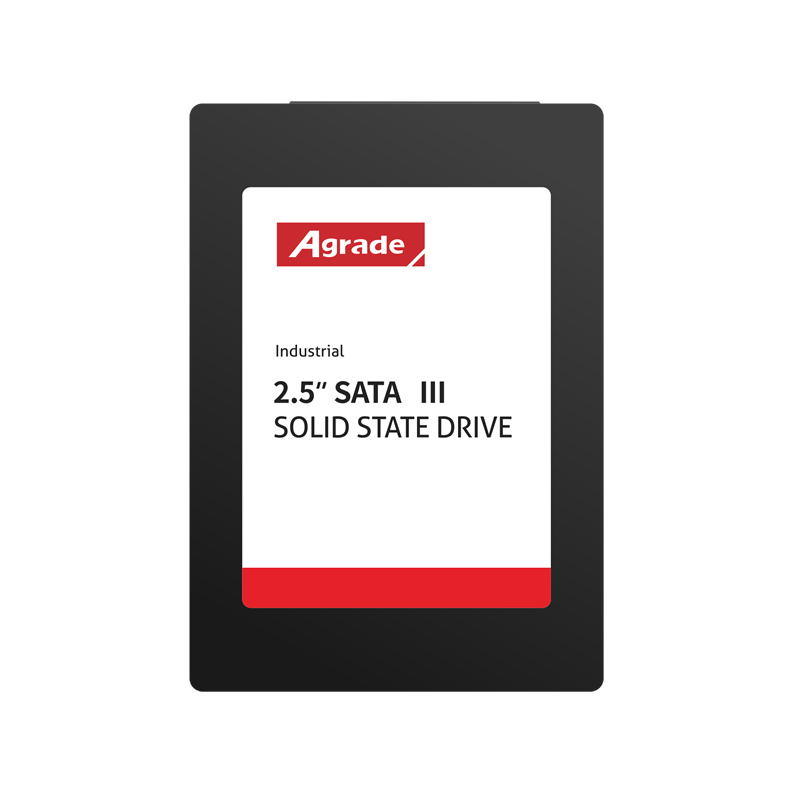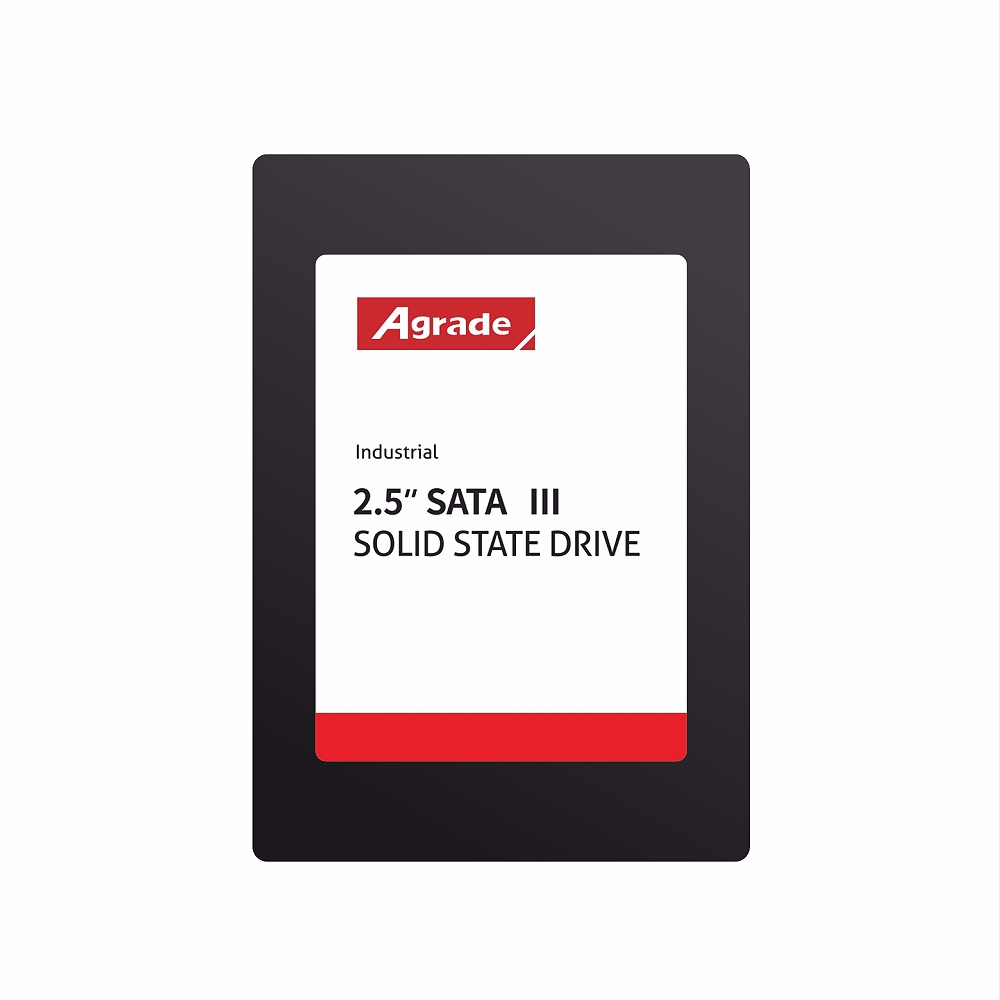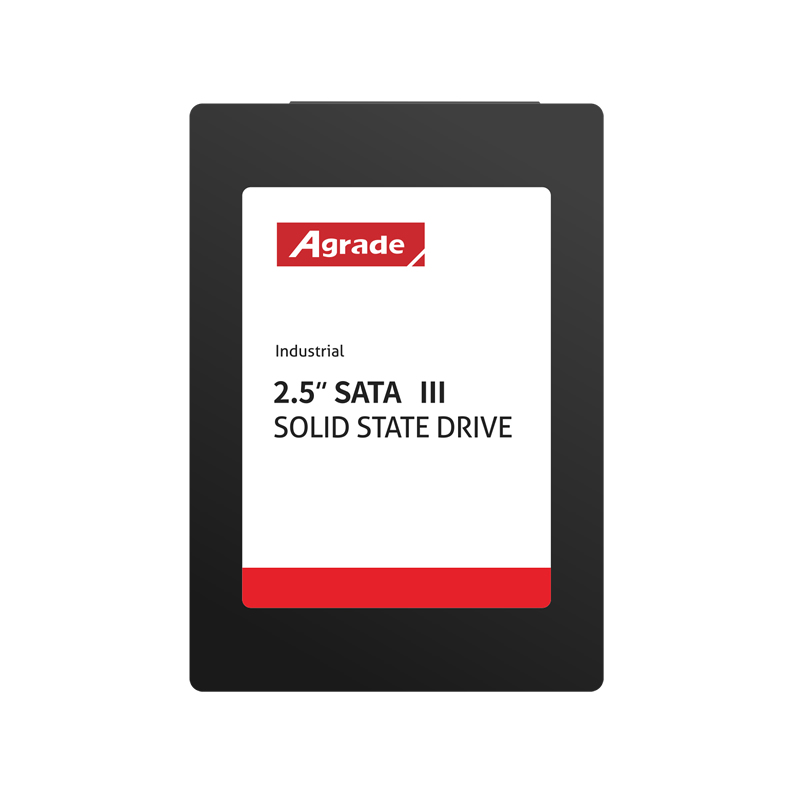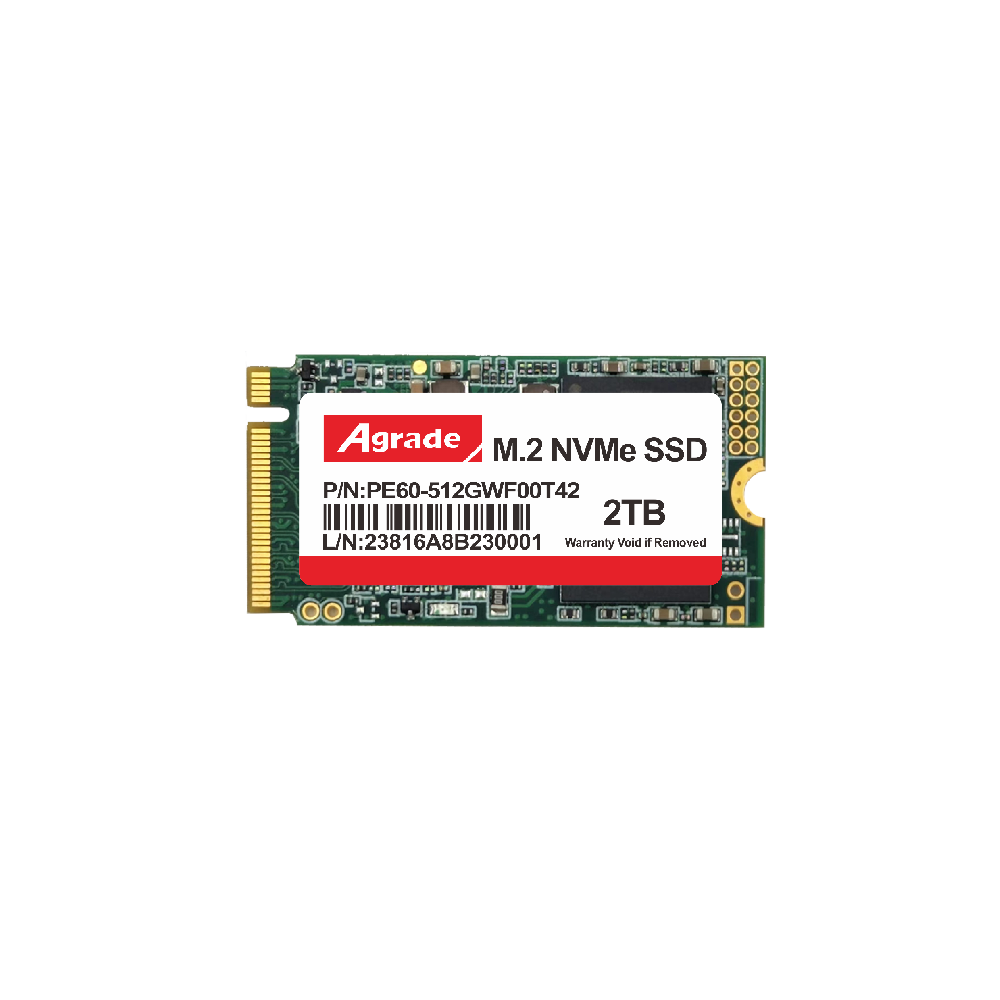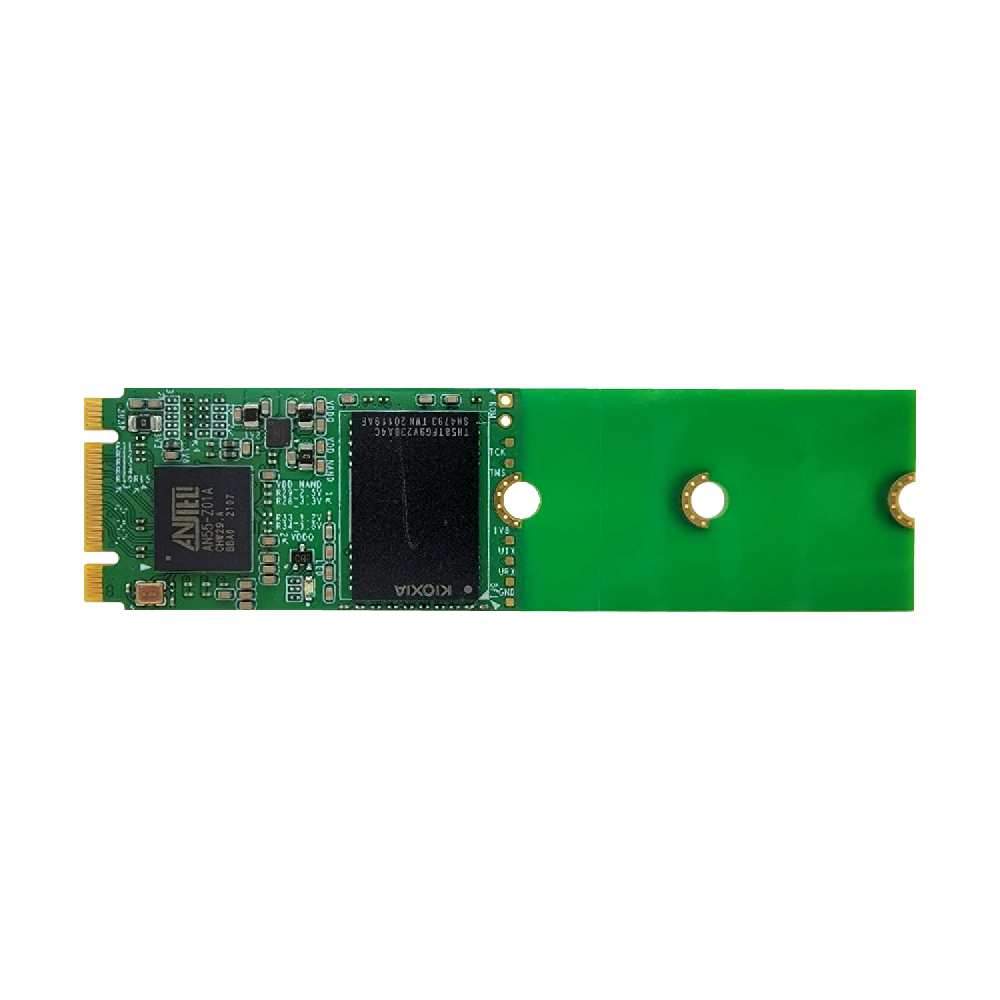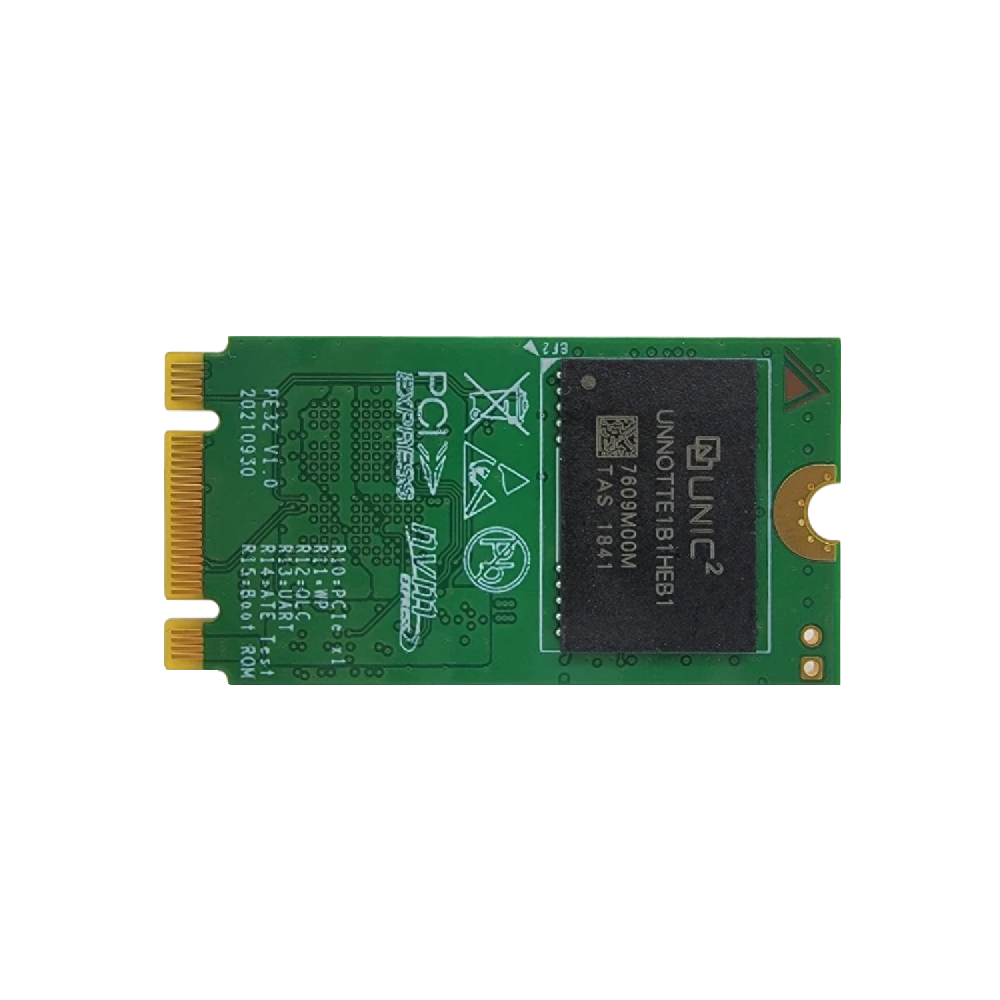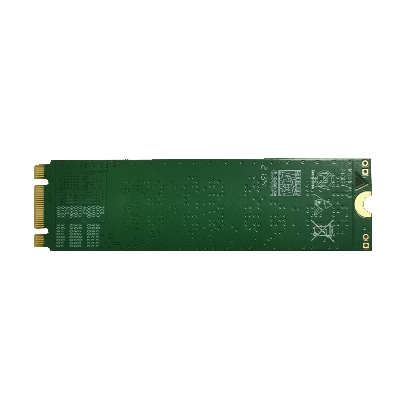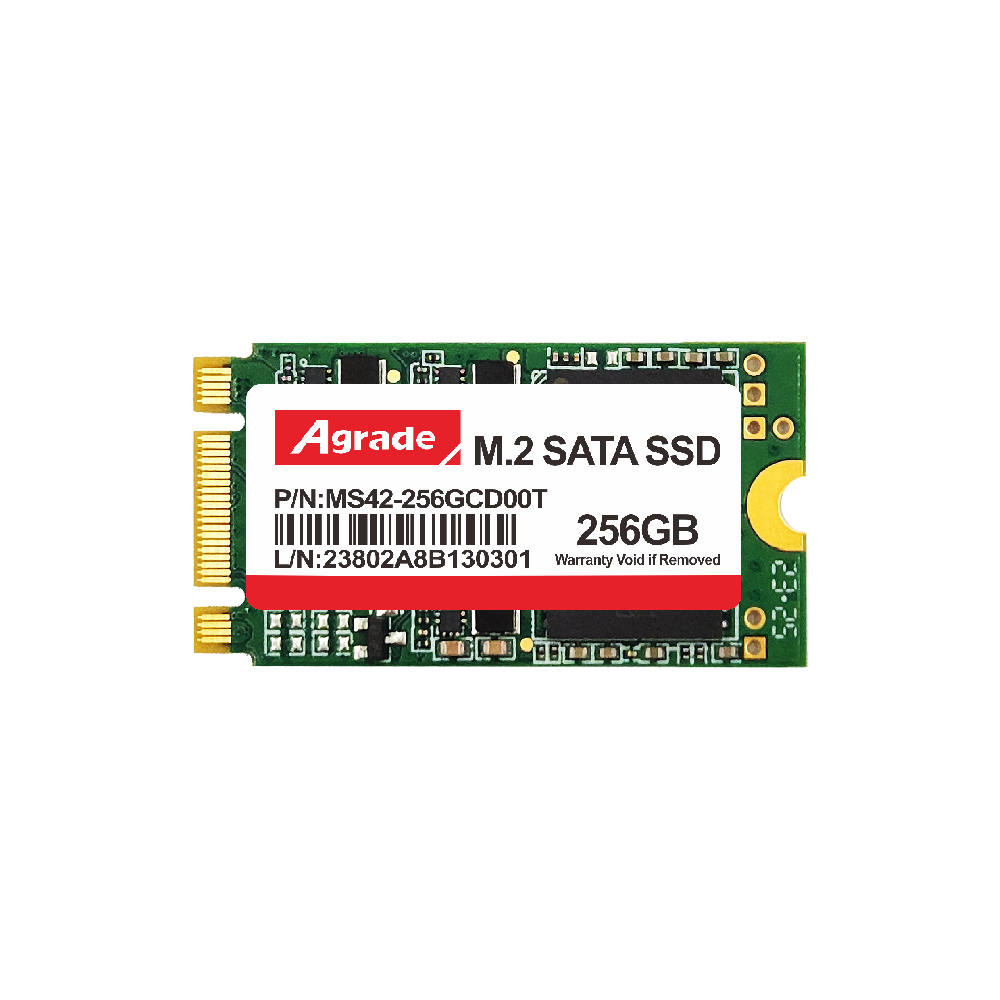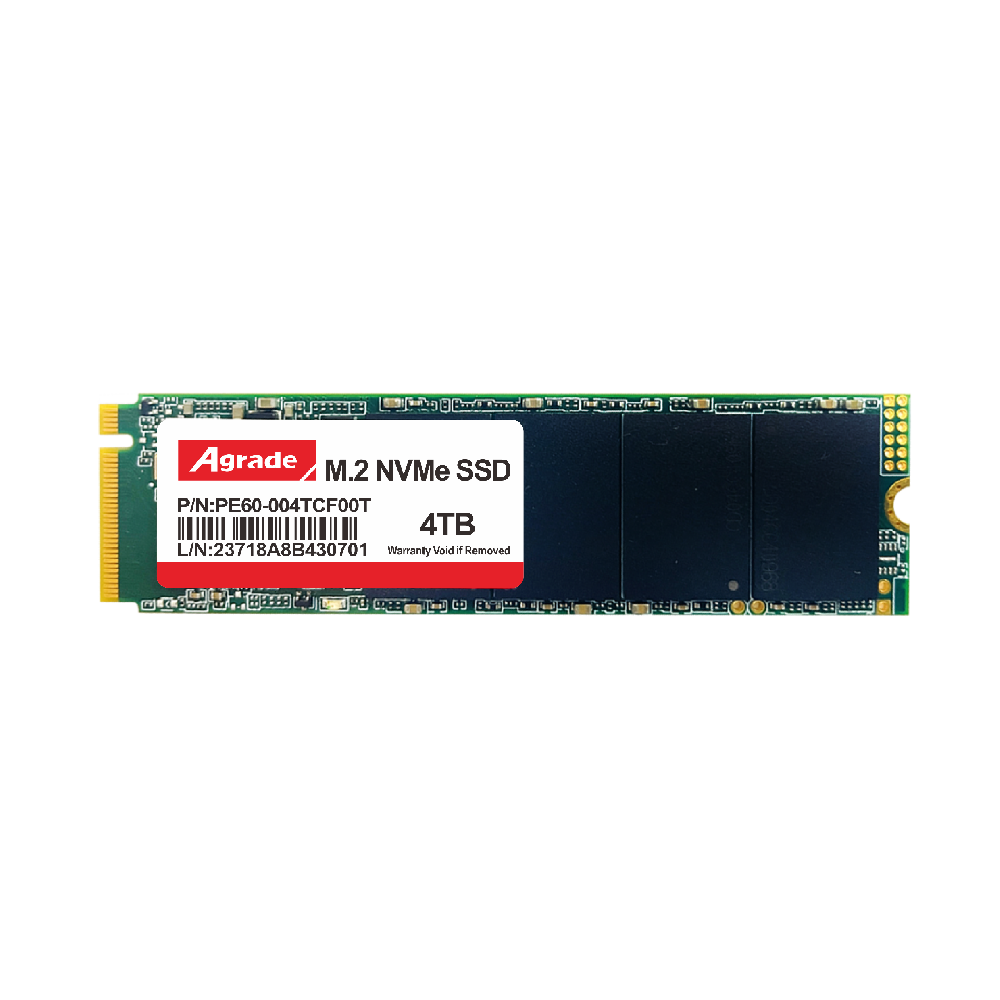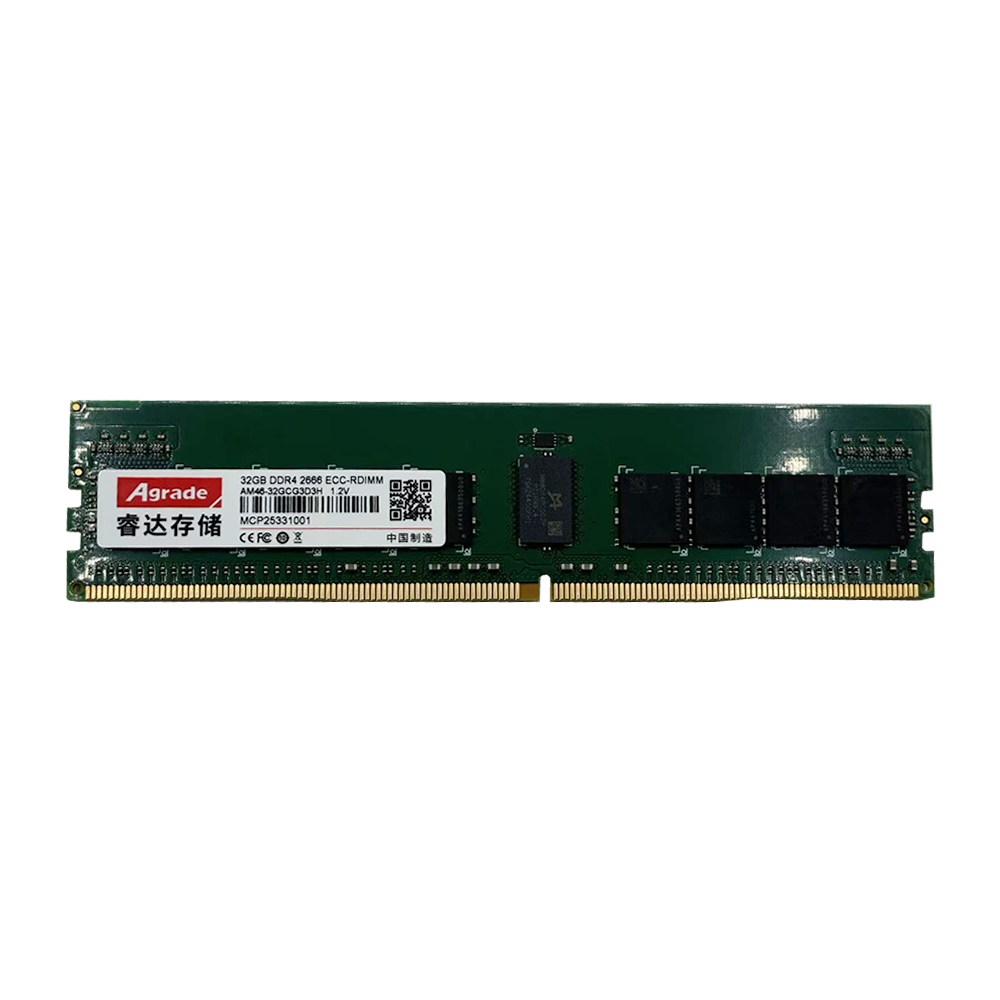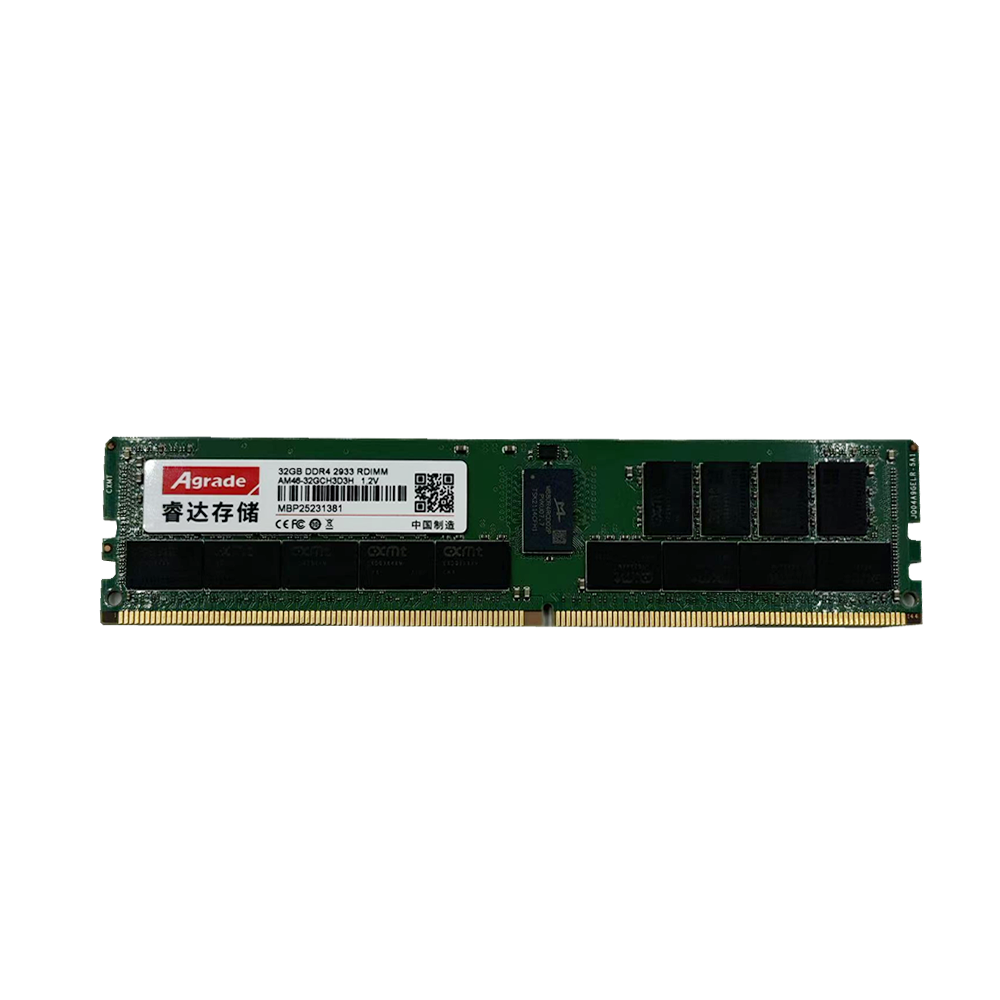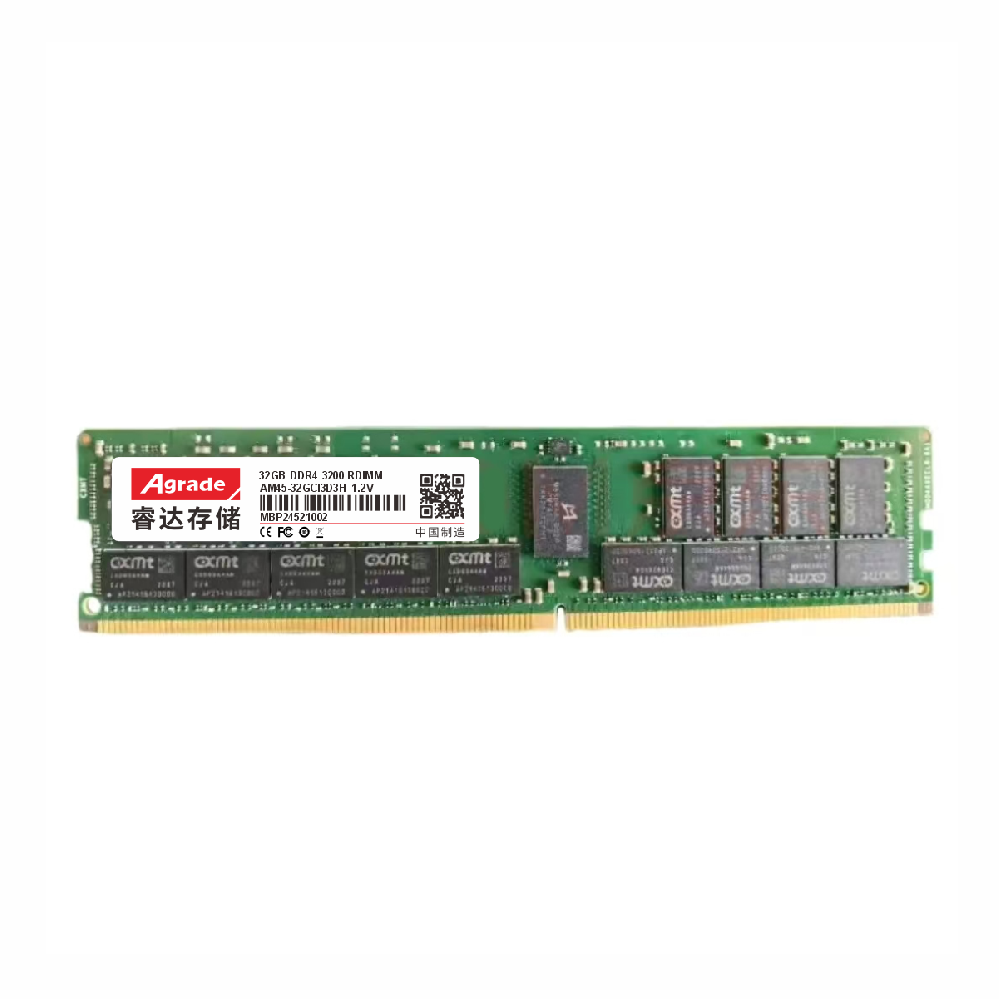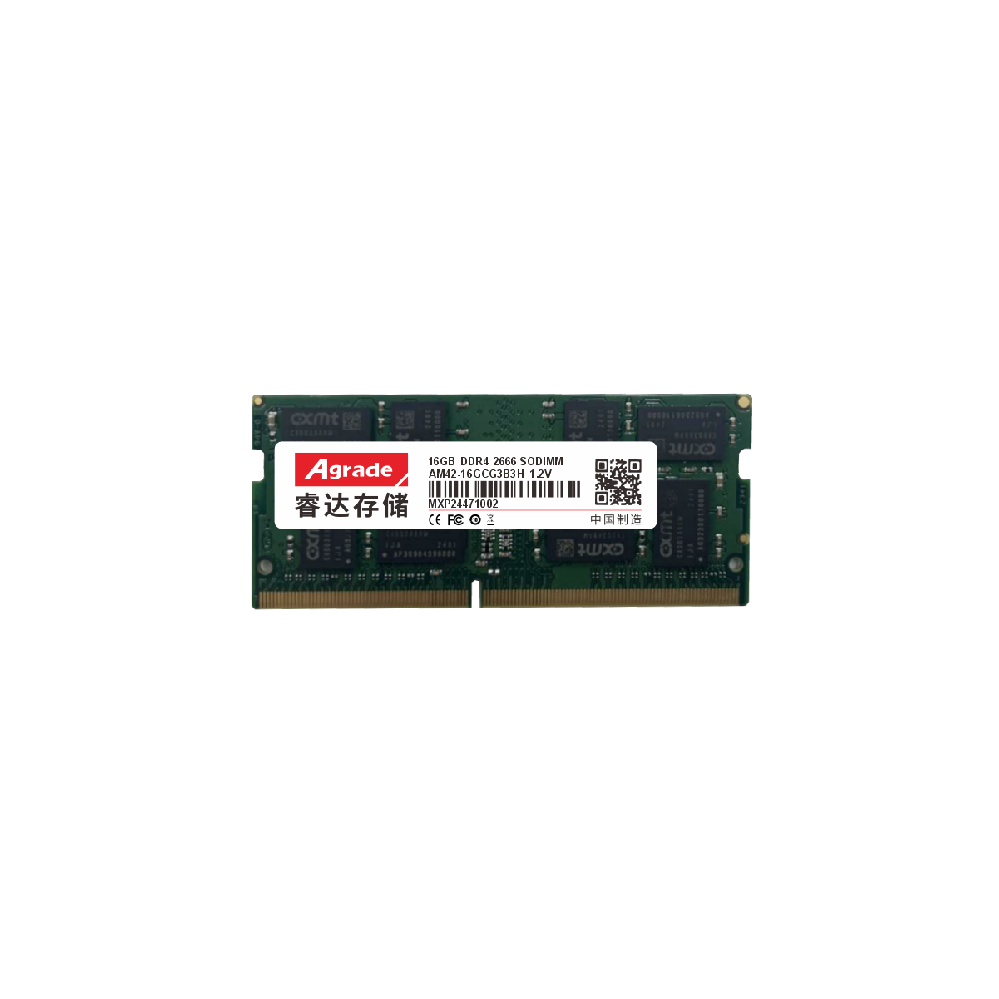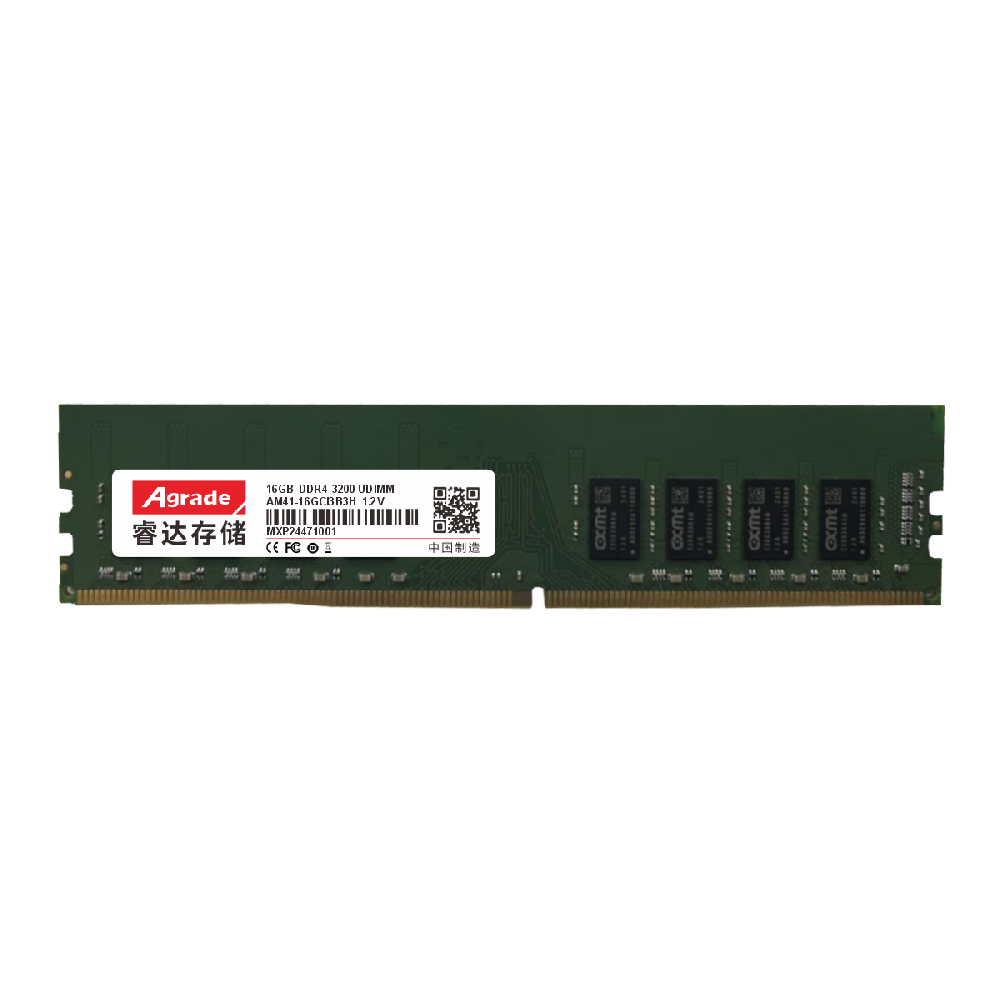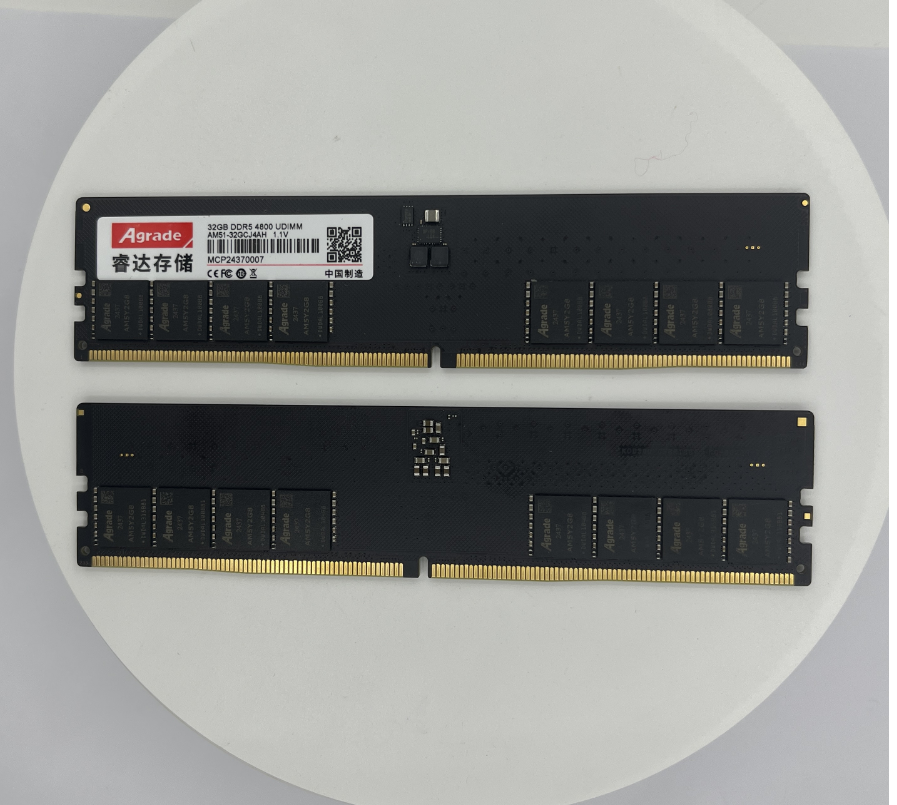

News
 电商部
电商部  2025-10-30 17:15:59
2025-10-30 17:15:59 What are the differences between SAS hard drives and SATA hard drives?
SAS (Serial Attached SCSI) hard drives and SATA (Serial Advanced Technology Attachment) hard drives are common storage devices. When a SAS hard drive is repurposed for use in a SATA interface environment (typically requiring specific adapter equipment), the following differences may arise:
Performance
Transfer Speed: Theoretically, SAS hard drives support higher transfer rates than SATA hard drives. The early SAS 1.0 standard achieved a transfer speed of 3Gbps, SAS 2.0 increased it to 6Gbps, and SAS 3.0 further boosted it to 12Gbps. In contrast, the SATA 2.0 standard supports 3Gbps, while SATA 3.0 reaches 6Gbps. However, in practical applications, when SAS hard drives are connected to SATA interfaces via adapters, their originally higher theoretical transfer speeds cannot be fully utilized due to the bandwidth limitations of SATA interfaces, resulting in only reaching the maximum speed supported by the SATA interface.
I/O Performance: SAS hard drives were originally designed for server and other applications with extremely high I/O performance requirements, typically featuring a queue depth of up to 256, enabling simultaneous handling of a large number of I/O requests. In contrast, SATA hard drives usually have a queue depth of around 32. When SAS hard drives are connected to a SATA interface, their robust I/O processing capabilities cannot be fully utilized due to limitations such as the SATA interface's queue depth.
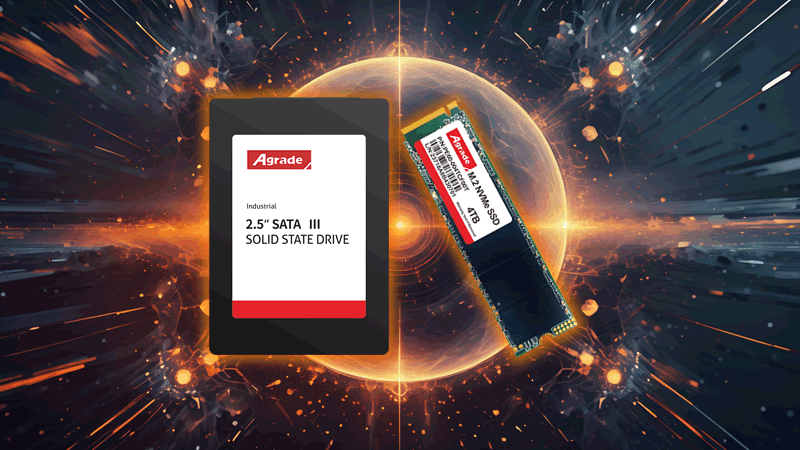
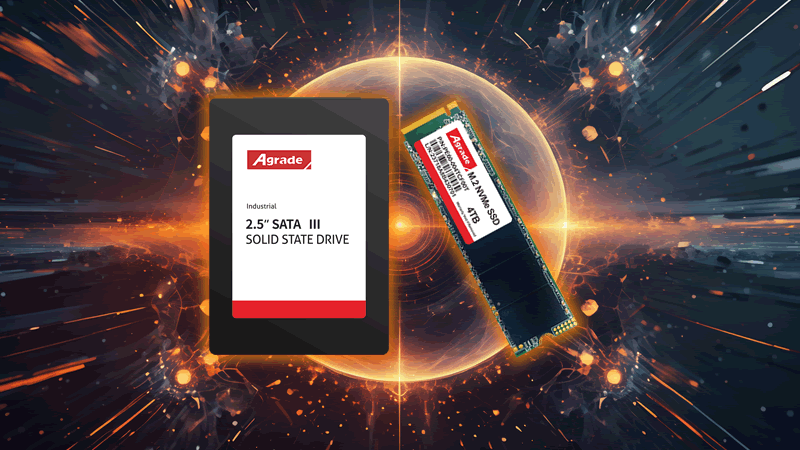
Compatibility
Hardware Compatibility: SAS hard drives differ from SATA in physical interfaces, requiring server motherboards with SAS interfaces or SAS expansion cards for proper operation. To repurpose SAS hard drives in SATA environments, a SAS-to-SATA adapter card is necessary. However, not all SAS hard drives can seamlessly adapt to SATA interfaces via these adapters. Certain high-end enterprise-grade SAS hard drives may experience compatibility issues—such as unrecognization or instability—after conversion due to their specialized features and protocol support.
Software Compatibility: In professional environments such as servers, SAS hard drives often require specific drivers and management software to enable advanced features, such as disk array management and error handling. When migrated to a SATA environment, these advanced features may become unavailable, and universal drivers compatible with SATA devices must be installed to ensure the operating system can properly recognize and utilize the hard drive.
Cost and Application Scenarios
Cost: SAS hard drives are typically more expensive than SATA hard drives due to their higher standards in design, manufacturing, and quality control for enterprise level applications. Additionally, converting SAS to SATA adapter cards also requires a certain level of cost investment. If it is only used by ordinary users for daily storage, changing SAS hard drives to SATA environments is not cost-effective from a cost-benefit perspective.
Application scenario: SAS hard drives are commonly used in professional environments such as data centers and servers that require extremely high data security, I/O performance, and reliability; SATA hard drives are widely used in consumer markets such as regular desktops and laptops. Converting SAS hard drives to SATA environments is more suitable for users who have certain requirements for storage performance, are willing to invest a certain amount of cost in transformation, and have suitable sources of SAS hard drives (such as phasing out hard drives on servers), such as small studios, individuals with special needs for data storage, etc.
reliability
SAS hard drives are typically equipped with advanced error checking and repair techniques, as well as dual port designs to ensure the reliability of data transmission, enabling long-term stable operation in enterprise level applications.
SATA hard drive: Although it also has certain reliability technology, it is generally weaker compared to SAS hard drive. When SAS hard drives are connected to SATA interfaces, some of their original advanced reliability assurance features, such as dual port redundancy, may become unusable, and their reliability performance will be closer to the level of SATA hard drives in normal environments.

